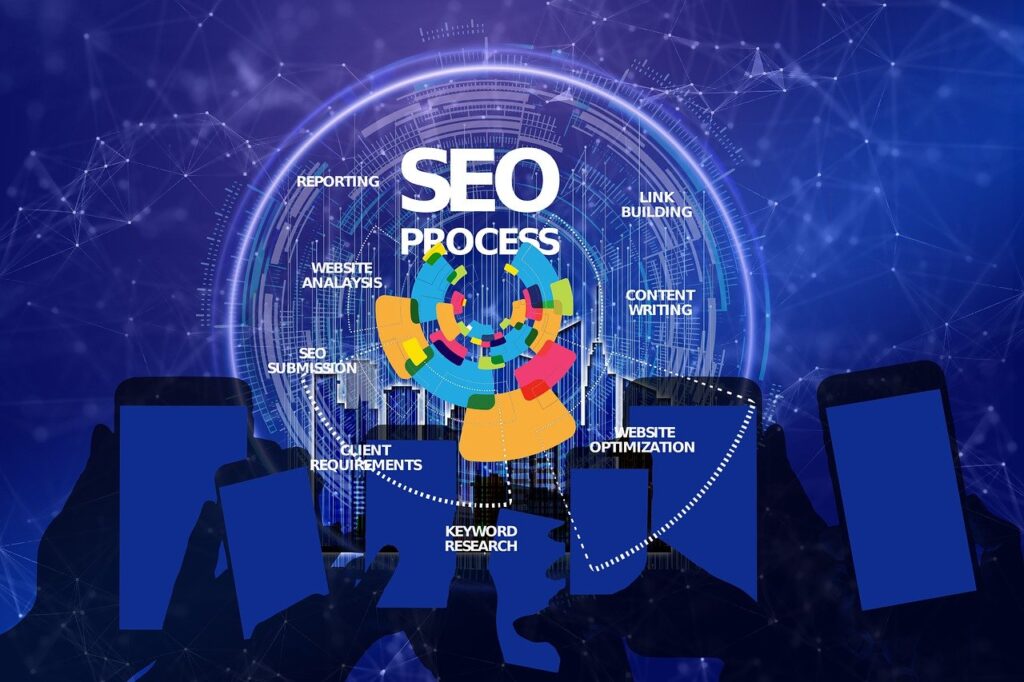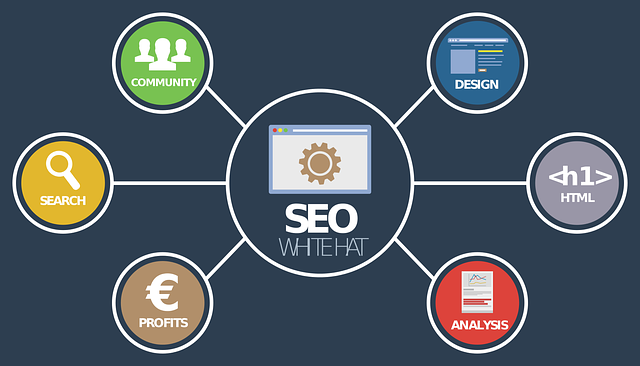In today’s digital age, Search Engine Optimization (SEO) plays a crucial role in the success of any online marketing strategy. It is essential for businesses to understand SEO and leverage it to increase their online presence, attract potential customers, and ultimately drive sales. In this comprehensive guide, we will delve into what SEO in digital marketing entails, with detailed examples to illustrate its importance and application.

Understanding SEO
SEO stands for Search Engine Optimization. It is the process of optimizing a website or online content to improve its visibility on search engine results pages (SERPs). The primary goal of SEO is to increase organic (non-paid) traffic to a website by ensuring it appears higher in search results for relevant queries. SEO encompasses various techniques, including keyword research, content creation, on-page optimization, and link building.
The Importance of SEO in Digital Marketing
Increased Visibility: SEO helps businesses appear on the first page of search results, making it more likely for potential customers to find them.
Cost-Effective: Unlike paid advertising, organic search traffic is free. SEO helps businesses attract visitors without incurring costs per click.
Credibility and Trust: High-ranking websites are often perceived as more credible and trustworthy by users.
Long-Term Results: SEO efforts can provide long-lasting results, unlike short-term advertising campaigns.
Key Components of SEO
1. Keyword Research
Keyword research is the foundation of any SEO strategy. It involves identifying the terms and phrases that potential customers use to search for products or services related to your business. Tools like Google Keyword Planner, SEMrush, and Ahrefs can help identify high-traffic keywords.
Example: A local bakery might find that “best bakery in [city]” and “fresh bread near me” are popular search terms. By targeting these keywords, the bakery can optimize its content to attract local customers.
2. On-Page Optimization
On-page optimization refers to the techniques used to improve individual web pages to rank higher and earn more relevant traffic. This includes optimizing title tags, meta descriptions, headers, and content.
Example: For a blog post about healthy eating, an optimized title might be “10 Healthy Eating Tips for a Balanced Lifestyle.” Including the keyword “healthy eating tips” in the meta description and throughout the content can help improve its ranking.
3. Quality Content Creation
Creating high-quality, relevant content is crucial for SEO. Content should provide value to the reader, answer their questions, and address their needs. Regularly updating your website with fresh content can also help improve rankings.
Example: A travel agency could create detailed guides about various destinations, including tips, attractions, and local cuisine. By incorporating keywords like “travel guide to [destination]” and “best places to visit in [destination],” the agency can attract travelers looking for information.
4. Technical SEO
Technical SEO involves optimizing the technical aspects of a website to ensure it meets the requirements of search engines. This includes improving site speed, mobile-friendliness, and ensuring a secure connection (HTTPS).
Example: An e-commerce site with a slow loading time might lose potential customers. By optimizing images, leveraging browser caching, and reducing server response times, the site can improve its loading speed and ranking.
5. Link Building
Link building is the process of acquiring hyperlinks from other websites to your own. Quality backlinks from reputable sites signal to search engines that your content is valuable and trustworthy.
Example: A fitness blog could collaborate with well-known fitness influencers to get backlinks. These influencers might share the blog’s content on their websites or social media, driving traffic and improving the blog’s SEO.
Types of SEO
1. On-Page SEO
On-page SEO refers to the optimization techniques applied directly to the content on your website. This includes keyword optimization, meta tags, and internal linking.
2. Off-Page SEO
Off-page SEO involves actions taken outside of your website to improve its ranking. This includes link building, social media marketing, and influencer outreach.
3. Technical SEO
Technical SEO focuses on the backend of your website. It involves optimizing elements like site speed, mobile optimization, and XML sitemaps.
SEO Best Practices
1. Conduct Thorough Keyword Research
Understanding what your audience is searching for is crucial. Use tools like Google Keyword Planner to find relevant keywords with high search volume and low competition.
2. Optimize Your Website’s Content
Ensure your content is well-written, informative, and optimized for your target keywords. Use keywords naturally and avoid keyword stuffing.
3. Improve Your Site’s User Experience
A positive user experience can significantly impact your SEO. Ensure your website is easy to navigate, mobile-friendly, and fast-loading.
4. Build Quality Backlinks
Focus on acquiring backlinks from reputable and relevant websites. Guest blogging, partnerships, and creating shareable content can help build your backlink profile.
5. Monitor and Analyze Your SEO Performance
Use tools like Google Analytics and Google Search Console to track your SEO performance. Regularly review your traffic, rankings, and user behavior to identify areas for improvement.
SEO in Action: Real-World Examples
1. HubSpot
HubSpot, a leading inbound marketing software, leverages SEO by creating comprehensive guides and blog posts targeting various marketing and sales keywords. By providing valuable content and optimizing it for search engines, HubSpot consistently ranks high on SERPs, driving substantial organic traffic.
2. Moz
Moz, an SEO software company, is renowned for its high-quality content and extensive resources on SEO best practices. Their blog posts, guides, and tools are optimized for keywords related to SEO, helping them attract and retain a large audience of marketers and SEO professionals.
3. Airbnb
Airbnb uses SEO to target keywords related to travel accommodations. By creating city-specific landing pages with optimized content, Airbnb attracts travelers searching for places to stay in various destinations. Their focus on user-generated content and reviews also helps improve their SEO.
Conclusion
SEO is an integral part of digital marketing, offering numerous benefits from increased visibility to long-term results. By understanding and implementing key SEO components such as keyword research, on-page optimization, quality content creation, technical SEO, and link building, businesses can enhance their online presence and attract more organic traffic.

